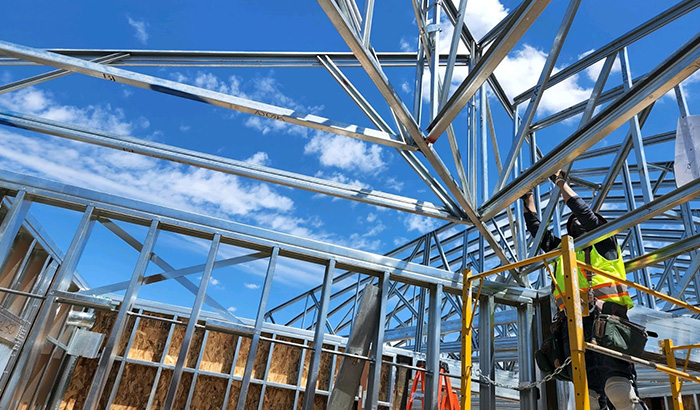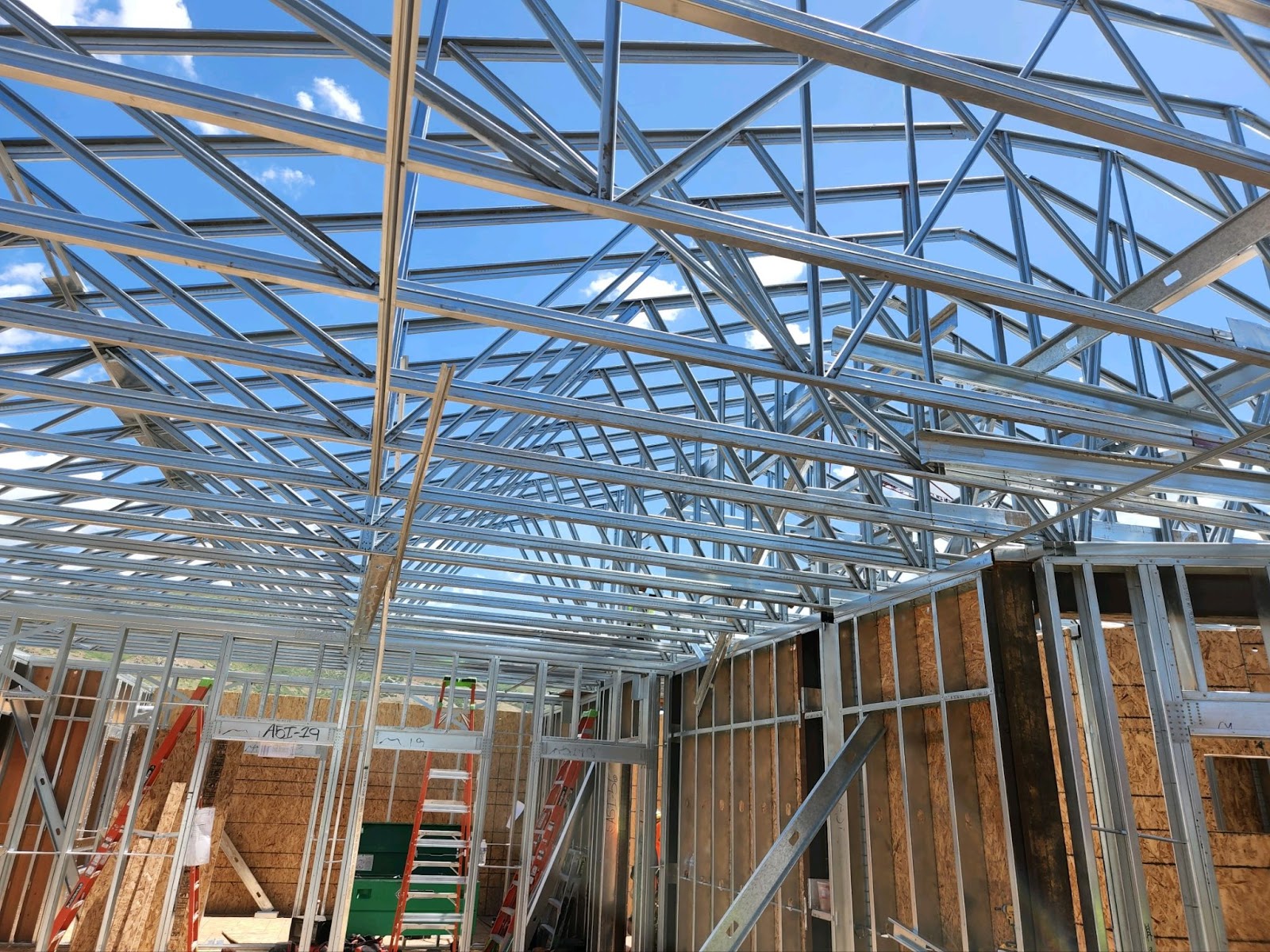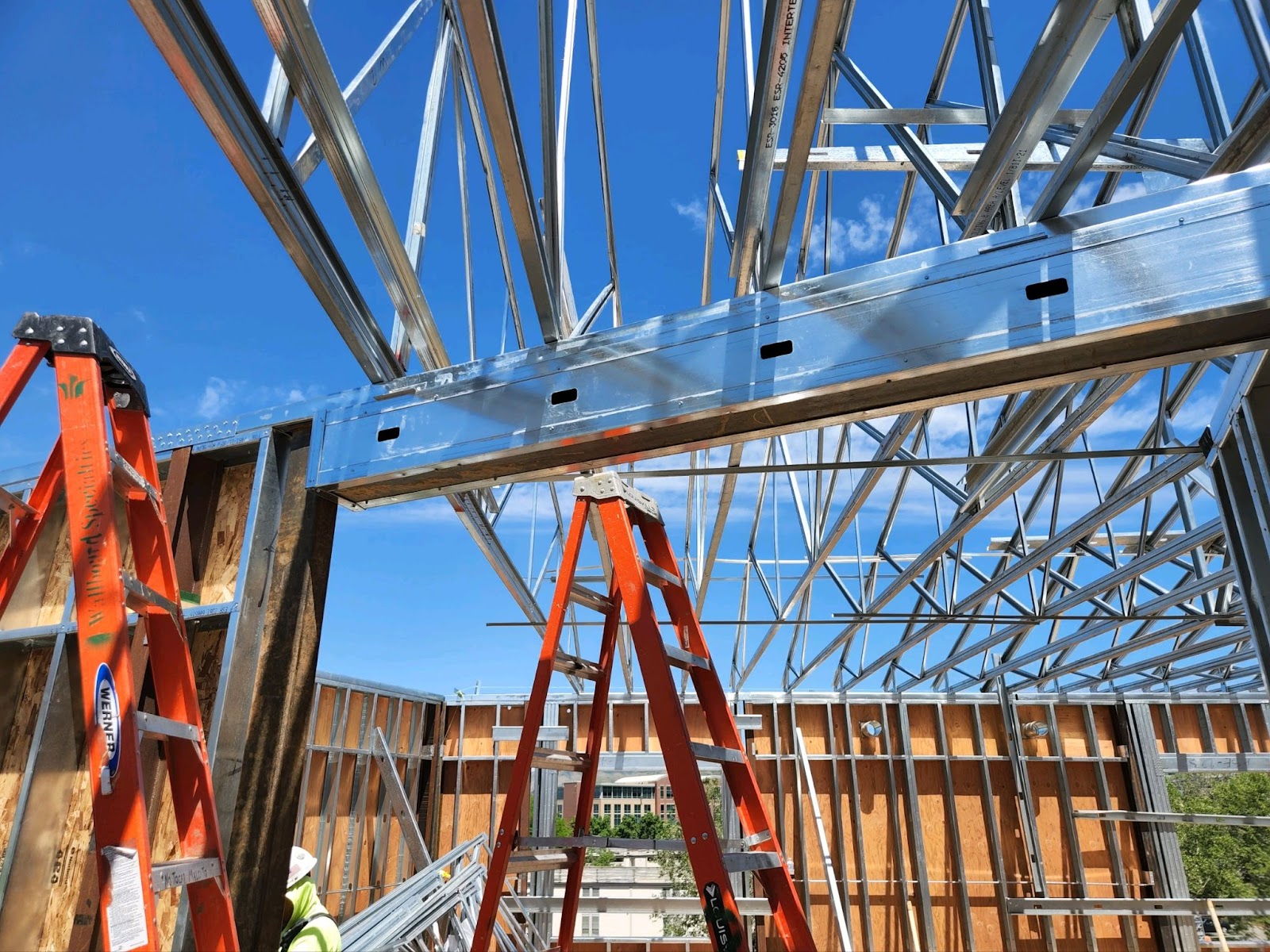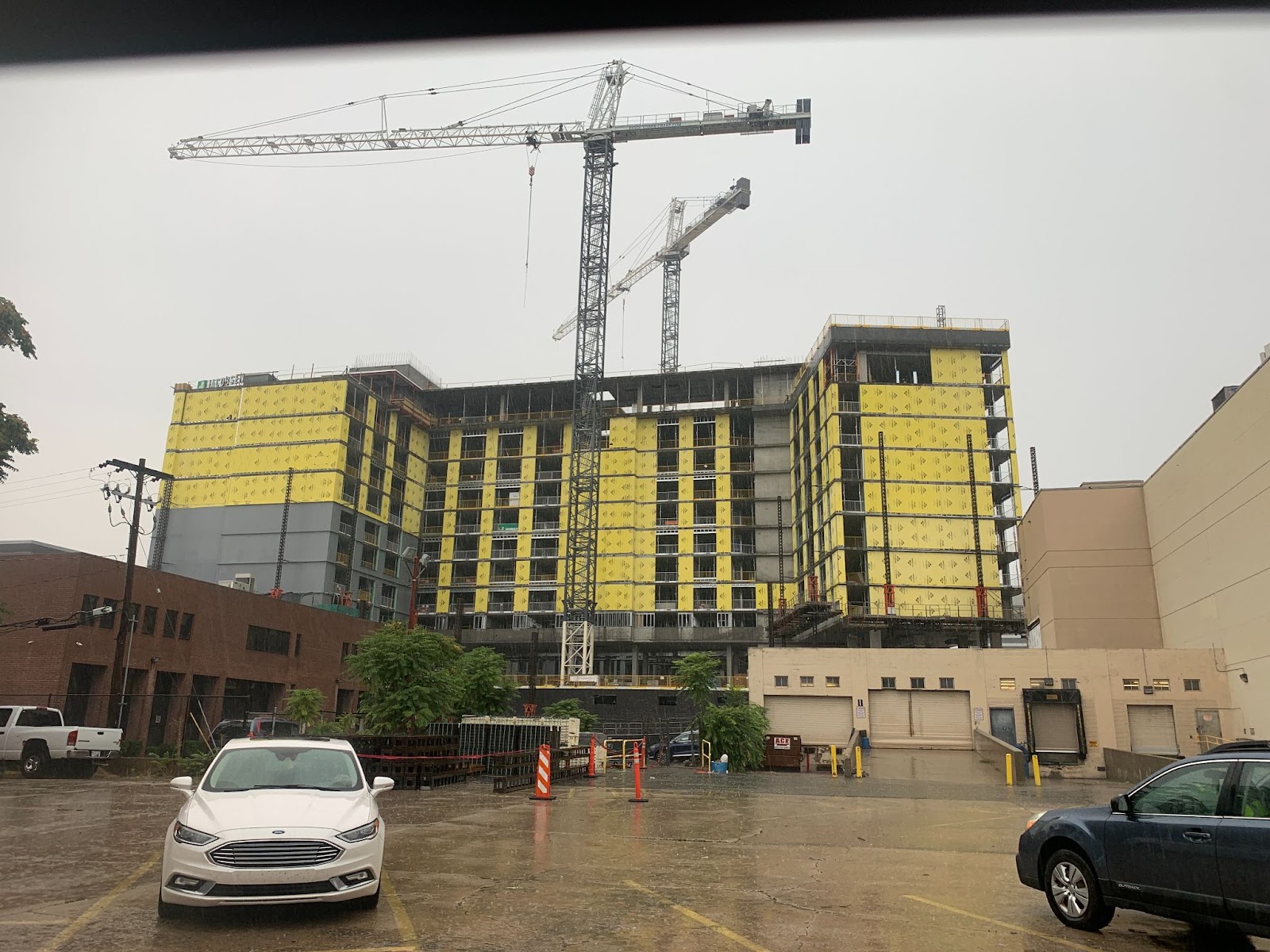Structural integrity is not merely a technical term in architectural design and construction. It’s the backbone of the project that ensures the safety, durability, and longevity of the buildings it sustains.
Among the myriad components that contribute to this foundational strength, wall panels emerge as unsung heroes, playing a pivotal role in fortifying constructions against the tests of time and nature.
This blog delves into the multifaceted role of prefabricated wall panels in enhancing the structural integrity of buildings, shedding light on how these essential elements intertwine with architectural aesthetics, functionality, and sustainability.
From the swift assembly benefits to the enduring resilience they provide, wall panels are more than coverings; they are integral to the very framework that defines modern construction.
Join us as we unravel the layers of wall panels, exploring their types, benefits, and innovative applications that make them indispensable in the quest for building excellence.
What are prefabricated wall panels?
Prefabricated wall panels are an essential part of buildings that serve many purposes. They are flat and sturdy structures that are carefully constructed to fit together and form the walls of a building. Wall panels are designed to provide support and stability to a building. They are installed on the framework of a structure, providing a strong, reliable barrier.
One of the key advantages of wall panels is their versatility. It’s easy to customize them to meet the specific needs of a building. For example, if a room needs soundproofing, you can use special wall panels to reduce noise transmission. Similarly, if a place requires insulation, you’ll be able to install panels with thermal properties to keep the temperature comfortable.
Wall panels also play an essential role in enhancing the aesthetics of a building. You have the option to finish them with various materials like paint, wallpaper, or tiles, adding beauty and charm to the walls. Architects and designers are able to create visually appealing spaces by choosing different colors, patterns, or textures.
Additionally, wall panels contribute to the safety of a building. They act as protective barriers, preventing external elements like wind, rain, and dust from entering the interior. Moreover, they provide privacy by separating different areas within a building, ensuring people are able to work or relax undisturbed.
Another advantage of wall panels is their ease of installation. Unlike traditional brick or stone walls, these panels are manufactured off-site. This means you can quickly assemble them on-site, saving time and money during construction.
Benefits of using prefabricated wall panels in construction
1. Enhanced efficiency
Wall panels provide a significant time-saving advantage over traditional construction methods. Since they come with built-in insulation and cladding, the need to install these elements separately is eliminated. This streamlines the construction process, enabling faster project completion.
2. Improved energy efficiency
The insulation incorporated within wall panels is crucial in enhancing energy efficiency. These panels minimize heat transfer, maintaining stable indoor temperatures and reducing the need for excessive heating or cooling. Consequently, buildings constructed with wall panels help reduce energy consumption, lowering utility bills and environmental impact.
3. Structural durability
Wall panels offer excellent structural strength and durability. The layers in wall panels work together to withstand external forces, ensuring stability and longevity. Structures built with wall panels can resist extreme weather conditions and reduce the risk of damage caused by wind, rain, or earthquakes.
4. Soundproofing qualities
Another significant advantage of wall panels is their ability to provide soundproofing properties. The insulation within the panels efficiently absorbs sound, creating a quieter indoor environment. This benefit is particularly valuable for buildings in noisy areas or those intended for specific purposes, such as schools or recording studios.
5. Versatile design options
Wall panels are available in various designs, finishes, and textures. This versatility allows architects and builders to select from different options that meet the specific aesthetic requirements of a project. Wall panels can mimic the appearance of various materials, such as brick, wood, or stone, offering flexibility in design without sacrificing performance.
Key considerations when implementing prefabricated wall panels
1. Material selection
Choosing the right materials for wall panels is crucial as it affects the building’s overall quality, durability, and appearance. Each material has its merits, from aesthetic appeal to fire or moisture resistance. Assessing the specific requirements of the building and considering factors such as cost, climate, and maintenance needs will help you select the most suitable material for your wall panels.
2. Energy efficiency
Wall panels significantly contribute to the energy efficiency of a building. An important consideration is to select panels that provide adequate insulation. Insulated wall panels regulate the indoor temperature by keeping heat or cold air from escaping, reducing reliance on heating and cooling systems.
3. Acoustic performance
Sound control is another vital aspect when considering wall panels, especially in buildings where noise reduction is important, like schools, hospitals, or recording studios.
Incorporate sound-absorbing panels to minimize noise transfer between rooms or from outside sources. You’ll significantly reduce unwanted noise by carefully selecting the right panels with appropriate sound transmission class ratings (STCs), creating a quiet and comfortable environment.
4. Installation and maintenance
You need efficient installation and ease of maintenance when implementing wall panels. You can assemble prefabricated wall panels off-site, ensuring precise construction and reducing installation time on-site.
The simplicity of installation allows for cost savings and reduces disruption during construction. Additionally, choosing panels that are easy to clean and require minimal maintenance ensures long-lasting beauty and functionality for the building.
5. Aesthetics and design flexibility
Wall panels offer wide-ranging design possibilities. Customize architectural panels to suit different tastes and styles, providing visual appeal. Choose color, texture, and patterns to harmonize with the building’s interior or exterior design concept.
Exploring the options available enables builders to implement wall panels that align with the desired aesthetics and create a visually pleasing environment.
Frequently asked questions
Q: How do prefabricated wall panels contribute to faster construction times?
A: Since prefabricated wall panels are built off-site in a factory, their construction coincides with the site’s groundwork and foundation work. This parallel process significantly reduces overall project timelines by streamlining the construction phase.
Q: Are prefabricated wall panels customizable?
A: Yes, prefabricated wall panels offer a high degree of customization. Easily design them to fit specific architectural requirements, dimensions, and aesthetics. This allows for unique designs and finishes that meet the project’s needs.
Q: How do prefabricated wall panels enhance energy efficiency?
A: These panels are often designed with integrated insulation and tighter construction, which minimizes thermal bridges and air leaks. This leads to better energy retention within the building, reducing heating and cooling costs.
Q: Can you use prefabricated wall panels in any climate?
A: Prefabricated wall panels are versatile; engineer them to suit various climatic conditions. Adjust materials and insulation to ensure performance in extreme temperatures, high humidity, or other environmental factors.
Q: How do prefabricated wall panels affect the overall cost of a building project?
A: Prefabricated wall panels might seem more expensive than traditional building materials. However, they lead to overall cost savings due to reduced construction times, lower labor costs, and decreased waste materials. Your initial investment will pay dividends in the long run.
Q: How do prefabricated wall panels perform in terms of fire resistance?
A: Many prefabricated wall panels are designed with fire-resistant materials or treatments, making them comparable or superior to traditional construction methods regarding fire safety.
Q: What is the lifespan of prefabricated wall panels?
A: Prefabricated wall panels are built to last, with lifespans comparable to traditional construction methods. Proper maintenance and materials suited to the local environment further extend their durability.
Q: Can prefabricated wall panels be used for residential and commercial buildings?
A: Yes, prefabricated wall panels are versatile; it’s easy to design them to meet the requirements of both residential and commercial constructions. Adapt them to various architectural styles and building sizes, making them suitable for a wide range of projects.
Get your prefabricated wall panels from Salt Lake Prefab
As we’ve explored the undeniable benefits and innovative applications of wall panels in enhancing structural integrity, your choice of providers becomes paramount.
Salt Lake Prefab stands at the forefront for those ready to embrace the future of construction with high-quality, durable, and aesthetically versatile wall panels. With a proven track record of excellence and innovation, Salt Lake Prefab offers a range of prefabricated wall panels designed to meet the unique demands of your projects.
Salt Lake Prefab has the expertise and resources to elevate your project, whether you’re embarking on a new construction venture or retrofitting an existing structure.
Don’t settle for less when it comes to the backbone of your building. Contact Salt Lake Prefab today and take the first step towards a stronger, more efficient, and visually stunning future for your construction projects.




